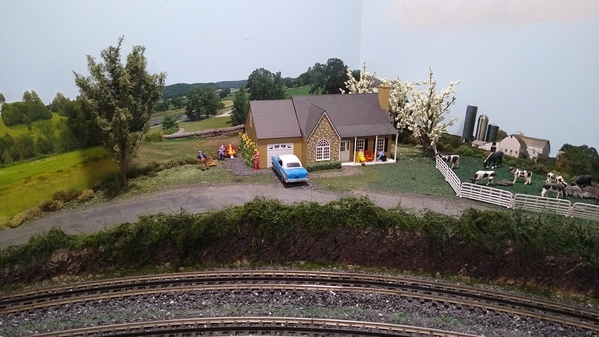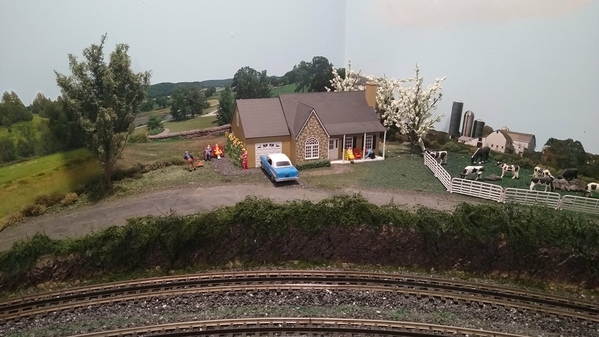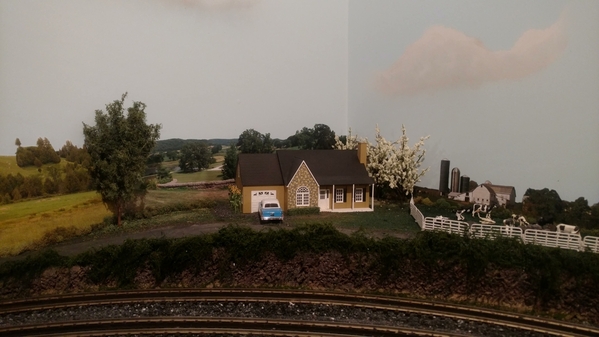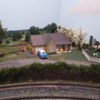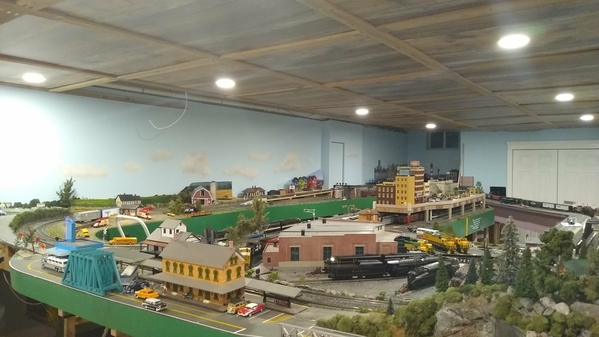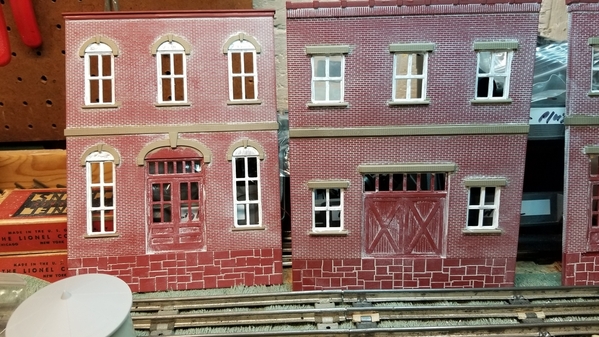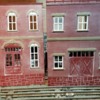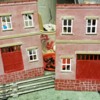Since I'm concerned about looks, I thought this more appropriate under Scenery rather than Electrical.
I am finally at the stage of finishing my basement were I'm removing two 300 Watt incandescent bulbs and replacing with LED Wafer lights that will recess into the ceiling.
I knew what 60 Watts was compared to 100 Watts. I'm still trying to learn about Lumens and K? The 3K light looks as close to incandescent. 4K is a little brighter and 5K is almost white.
These are raw photos with no flash or manipulation. It's hard to tell looking at the scene. It's very easy to tell just looking at the light itself. I can adjust these lights to be 3K, 4K or 5K. But it's not easy because each light controller is in a driver box in the ceiling. So once I do it, I really want to leave it that way for good.
Any thoughts or opinions?
1090 Lumens 3000K
1190 Lumens 4000K
1120 Lumens 5000K (I do not understand why the Lumens gets lower on this one)
Here is an old shot from 2018 with the two 300 Watt Incandescents
Thanks!
Ron




